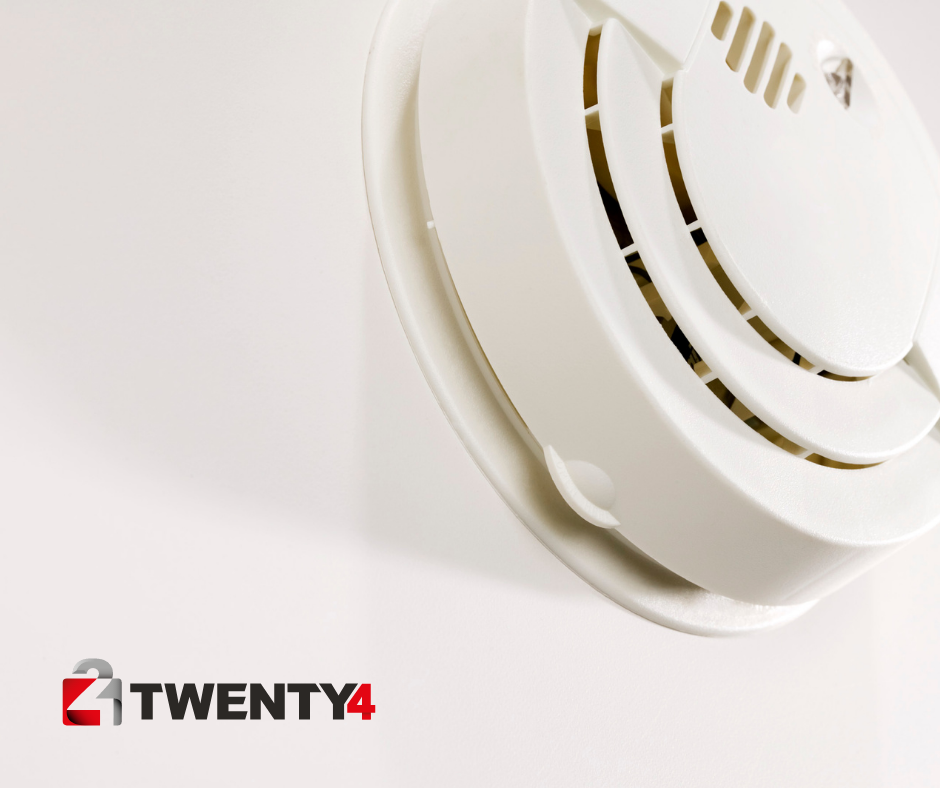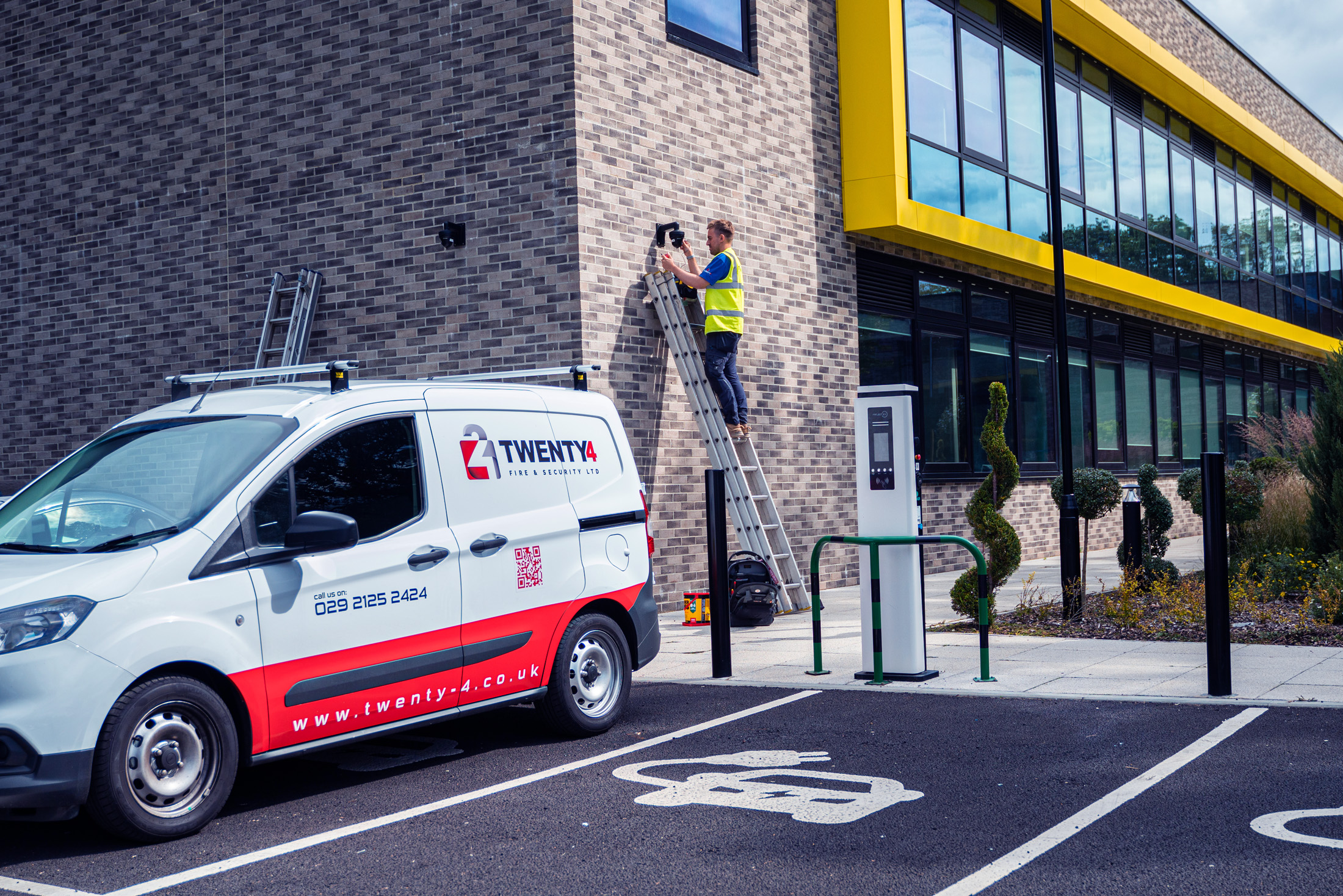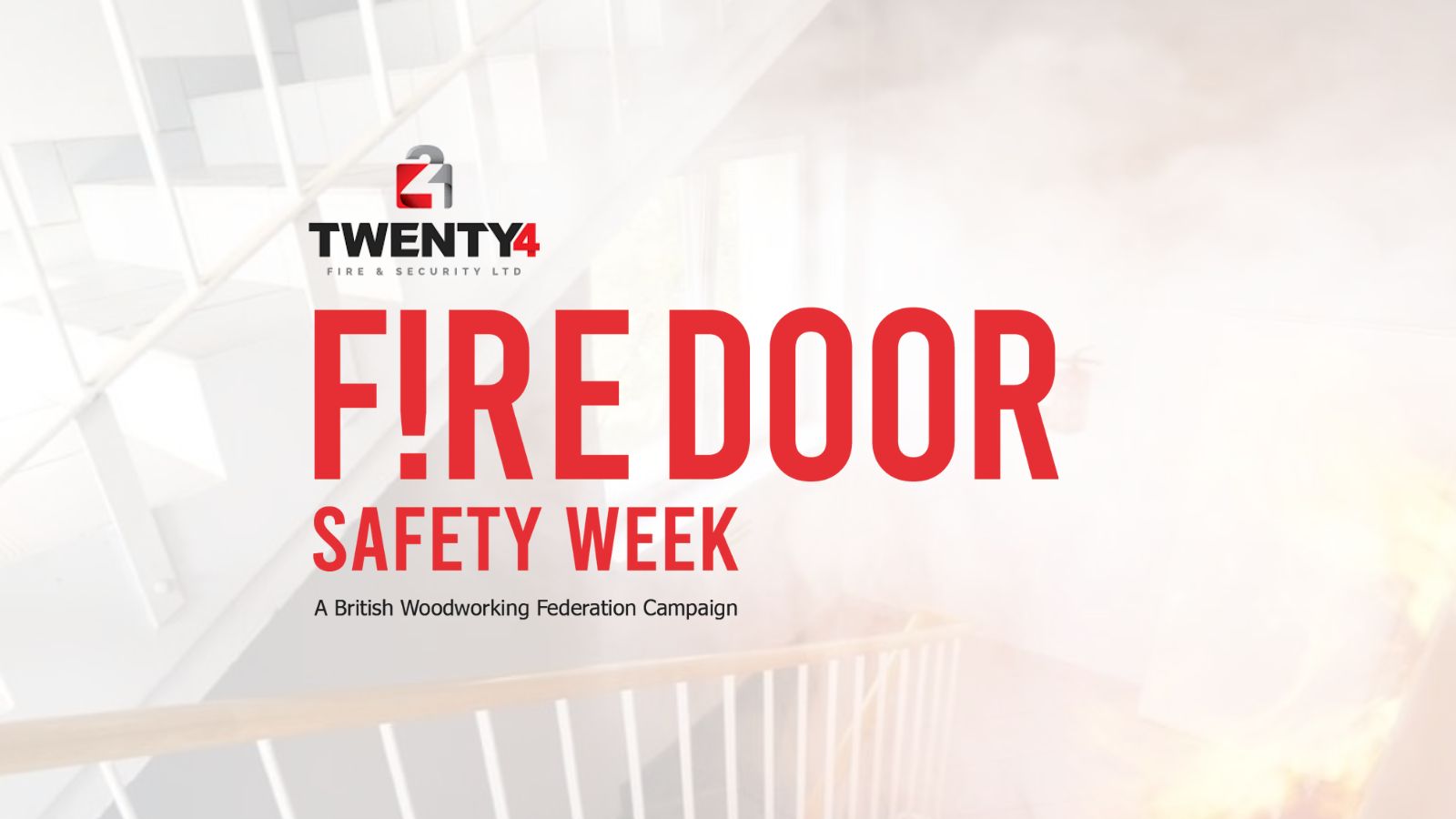While property investment can be hugely lucrative, being a landlord comes with its responsibilities, many of which surround the subject of fire safety.
Investing in fire safety devices and services is not only the right thing to do morally, but a legal obligation set out by the UK Government. Plus, if a fire were to break out at your rental property, the cost of damage and the time the property is untenanted while you rectify issues could be hugely detrimental.
In the UK, landlords must comply with the requirements and regulations set out to them. The main legislation in the UK is the Regulatory Reform (Fire Safety) Order 2005 (FSO). Failure to comply with fire safety laws and regulations can result in large fines being issued and in extreme cases of fire safety breaches, imprisonment.
In this guide, we provide an overview of the fire safety laws and practices all landlords need to be aware of. So, if you’re new to property investment and have just bought your first B2L, or have an established portfolio and want to ensure you remain compliant, this guide is for you!
Fire Risk Assessments
This Fire Safety Order instructs landlords to conduct fire risk assessments on all properties in which they rent out. This includes single dwellings, HMOs, flats, maisonettes and sheltered accommodation.
Fire risk assessments are risk audits designed to identify, evaluate and limit the risk of a fire. A fire risk assessment should be carried out at least once a year. However, if any structural changes to the property are made or any huge alterations such as conversion into an HMO, a new fire risk assessment will need to be completed.
The process of conducting a professional fire risk assessment is split into five tasks:
- Identify fire hazards
- Identify people at risk
- Evaluate, remove or reduce risk and protect against the remaining risk
- Record, plan and inform or train
- Review
Wondering who needs to conduct the property’s fire risk assessments? The person responsible for the property will need to take on this duty. This can be either you (the landlord) or a managing agent. There is also the option to appoint the help of a professional fire risk assessor. Here at Twenty4 Fire and Security, we work with landlords across the country, conducting fire risk assessments on their behalf to ensure they are on top of their fire risks and legal duties.
Smoke and carbon monoxide alarms
All landlords are legally obliged to install a smoke alarm on each storey on their rental properties. This is in addition to a carbon monoxide alarm in any room that has a solid fuel-burning appliance i.e a coal fire or wood-burning stove.
Landlords are legally obliged to check that these alarms are in working order at the beginning of each tenancy. It is also worth encouraging the tenant to conduct regular tests themselves. When visiting your rental property for routine inspections, it is advised to give the alarms the once over. Basically, the more they are tested, the better!
Fire Doors
Fire doors are instrumental in limiting the impact of fires, being a highly effective apparatus in stopping the spread of fire and smoke in the event of a blaze. Not only can fire doors save the lives of people within the building, but they can limit the damage a fire causes by containing it and stopping it in its tracks.
The law states that Landlords of HMOs (Houses of Multiple Occupancy) are required to install fire doors at their properties. Currently, the rule is that all doors leading to an escape route must be fire-resistant. It is also advised that fire doors are installed in ‘high risk’ rooms. The kitchen is commonly regarded as a high risk room due to the use of fuels and heat. However, rooms with open fires, wood burners etc may also be deemed high risk.
PAT Testing
Electrical fires are one of the most common fire types to occur in rented properties, with faulty electricals often responsible for house fires. This is why landlords need to ensure all of the plugged-in electricals they supply tenants with have a British or European safety mark on them. It is also a good idea to conduct Portable Appliance Tests (PAT Tests) on plugged-in devices such as white goods. It is not a legal requirement to conduct PAT tests for most landlords, however, it is the best practice in ensuring your property is protected against the threat of an electrical fire. PAT Tests are however required for all HMOs.
Fire Extinguishers
Fire Extinguishers are only legally required in large HMOs. However, when it comes to fire safety, going above and beyond what is ‘technically’ required of you is always an advantageous move.
Having at least one fire extinguisher on every floor of the HMO is advised. It is also essential that these extinguishers are regularly checked and tenants are aware of how to use them in the event of a fire. Fire extinguisher maintenance should be conducted at the start of each new tenancy as well as periodically during property inspections. Again, the more these checks are conducted the more confidence you will have in the fire extinguishers and the safer your tenants and property will be.
Fire Safe Furnishings
If you are offering a furnished rental property then you must make sure the furnishings provided meet fire safety standards. This means checking all items such as sofas, chairs, curtains and beds are made from fire-resistant materials only. To validate this, check that the item’s label carries a fire safety symbol.
Looking for a fire safety company?
Looking for a fire safety company to help with the fire safety at your rental properties? If so, we at Twenty4 Fire and Security are more than happy to help, having been working with landlords for many years. While based in South Wales, our team of highly qualified engineers work across the UK, helping landlords stay compliant and safe day in, day out.
To discuss any of the above fire safety services, contact us today. We can then provide a free, no-obligation quote for you to consider.





